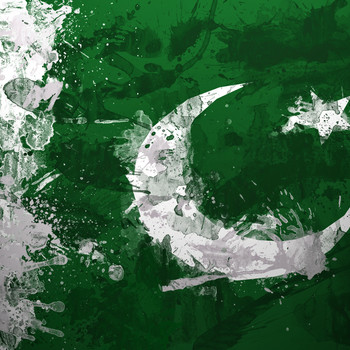Question #4f566
1 Answer
Somatotrophin Hormone
- Hypothalamus produces somatotrophin releasing factor
#(SRF)# throughout the life throughout the life.#SRF# stimulates the anterior lobe of pituitary gland to produce somatotrophin hormone. #STH# continue to promote protein synthesis throughout the life even after adolescence.- Abnormalities:
Under secretion causes#to# Dwarfism (growth is limited)
Over secretion causes#to# Gigantism (more than enough growth especially of jaws, feet, hands etc...
Thyroid Stimulating hormone
-
Hypothalamus releases the thyrotrophin releasing factor
#(TRF)# . This factor stimulates the anterior pituitary to release thyrotrophin hormone. -
#TSH# acts directly on the cells of thyroid gland and increases both their number and secretary activity. It is secreted throughout the life. However, it reaches at higher levels during periods of rapid growth and development. -
The release of
#TRF# is itself controlled by the levels of thyroxine in the blood. Increased level of thyroxine decrease its production and vice versa.
Adrenocorticotrophic Hormone
-
Hypothalamus releases corticotrophin releasing factor
#CRF# which stimulates the anterior pituitary to release adrenocorticotrophin hormone. -
#ACTH# controls the normal functioning of adrenal gland. -
The release of
#CRF# is itself controlled by the levels of steroids in the blood. Stress like cold, pain'fright, heat etc can also directly influence the hypothalamus to produce#CRF# .
Gonadotrophic Hormones:
The hormones which affect the gonads (ovaries and testis) are called gonadotrophic hormones.
Following are gonadotrophic hormones.
-
In females,
#FSH# stimulates follicle development and secretion of estrogen from the ovaries. -
In males,
#FSH# stimulates the development of germinal epithelium layer of the testis and sperm production.
-
#LH# is a female hormone. It works with#FSH# and stimulates the secretion of oestrogen. -
#LH# causes luteinization i.e the transformation of the mature ovarian follicle into a corpus luteum. -
High levels of
#LH# also triggers ovulation i.e rupturing of mature follicles to release egg or ovum. -
#LH# also acts synergistically with prolactin to maintain corpus luteum.
-
#ICSH# is male hormone and is chemically identical to the female luteinizing hormone. -
It stimulates the interstitial cells of testis to secrete testosterone i.e male sex hormone.
-
Prolactin is continuously produced from the pituitary gland.
-
It stimulates milk production and acts with
#LH# . -
It is inhibited by prolactin inhibiting factor (PIH) from hypothalamus.
Vasopressin or Antidiuretic Hormone
-
The secretion of vasopressin is stimulated when the osmoreceptors in hypothalamus detect the decrease in blood pressure, blood volume and osmotic pressure of blood.
-
#ADH# is responsible for regulating plasma osmolality (body's electrolyte-water balance) and volume. -
High levels of this hormone increase the water reabsorption in distal parts of the kidney.
-
Under secretion of this hormone cause a disease called diabetes insipidus. This causes large quantities of dilute urine and great thirst.
Oxytocin:
-
Oxytocin is particularly important hormone for female and its main role is in birth process.
-
The factors that stimulate it's secretion: Distension of cervix, decrease in progesterone level and neural stimuli during suckling of milk by baby.
-
Its primary action is on smooth muscles. It particularly acts in the uterus during child birth. It also cause ejection of milk from mammary glands.

